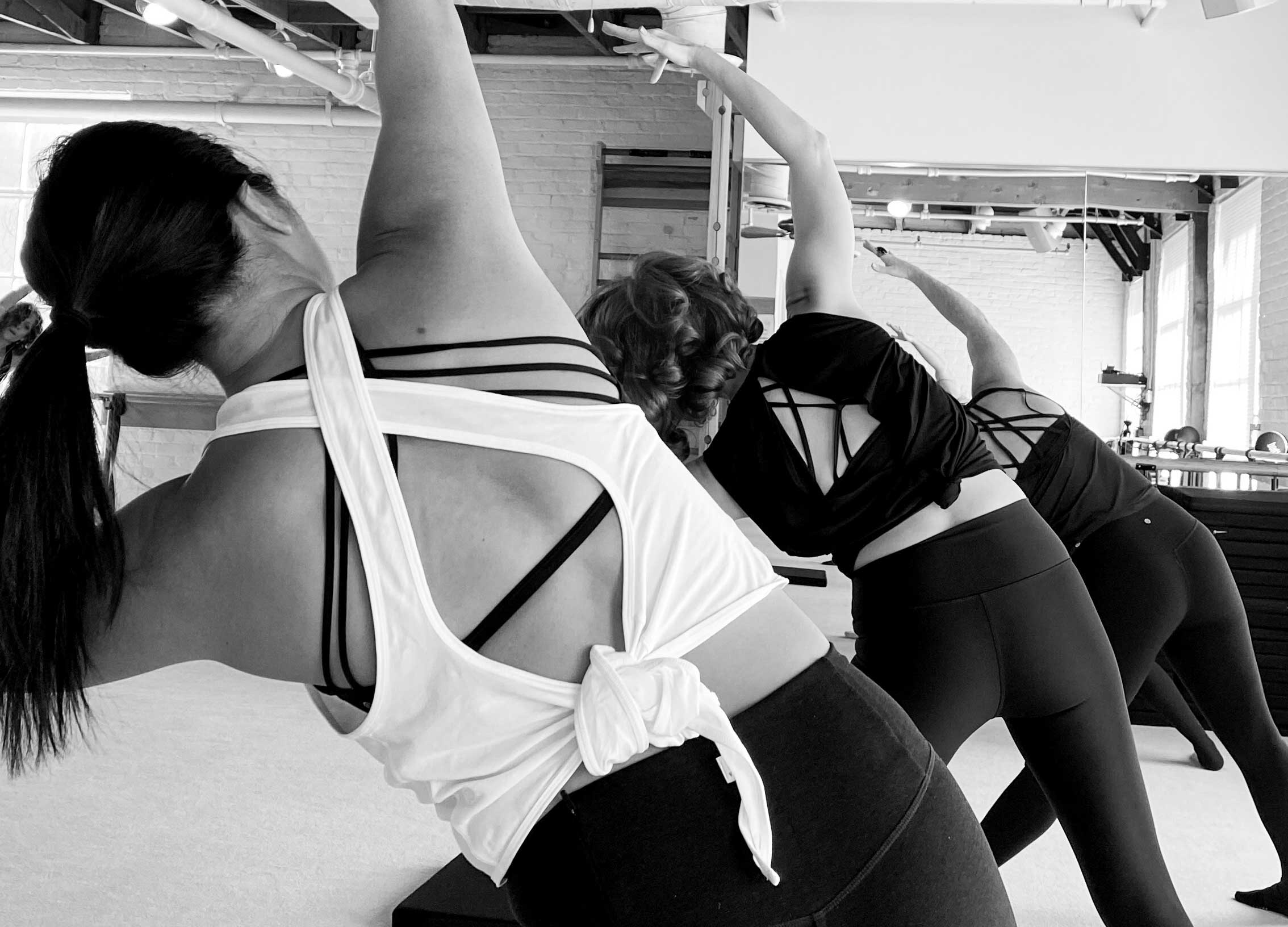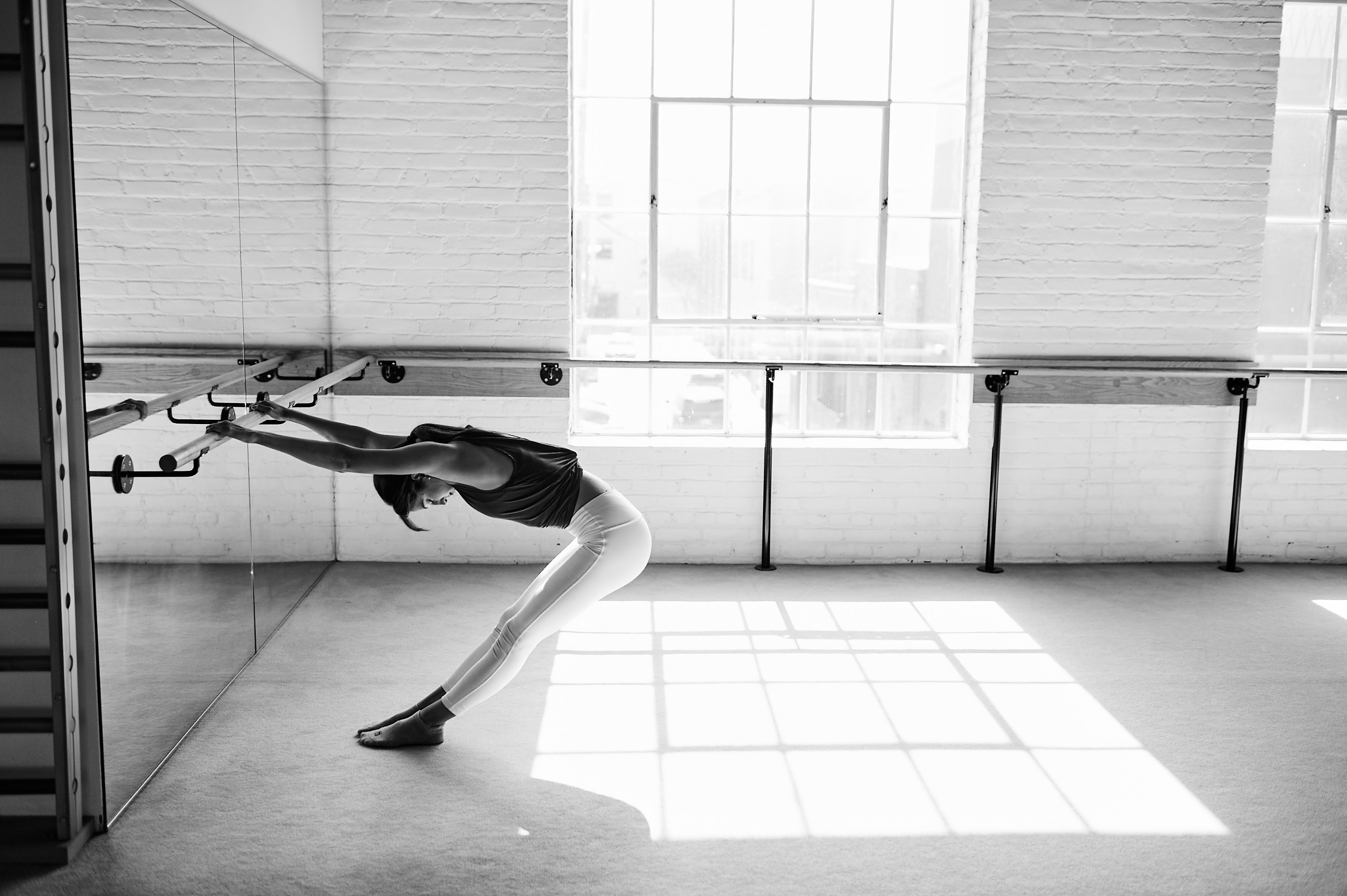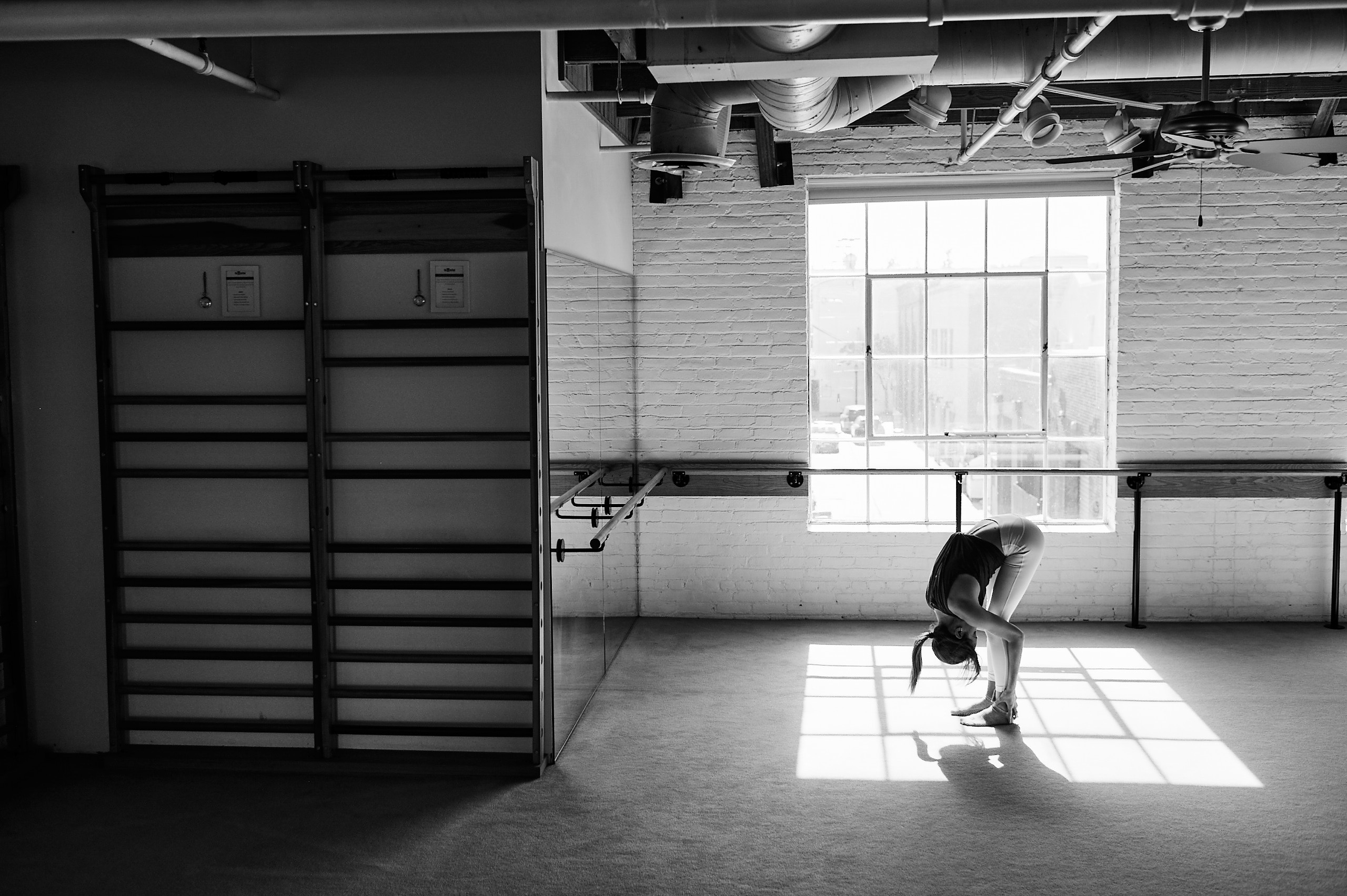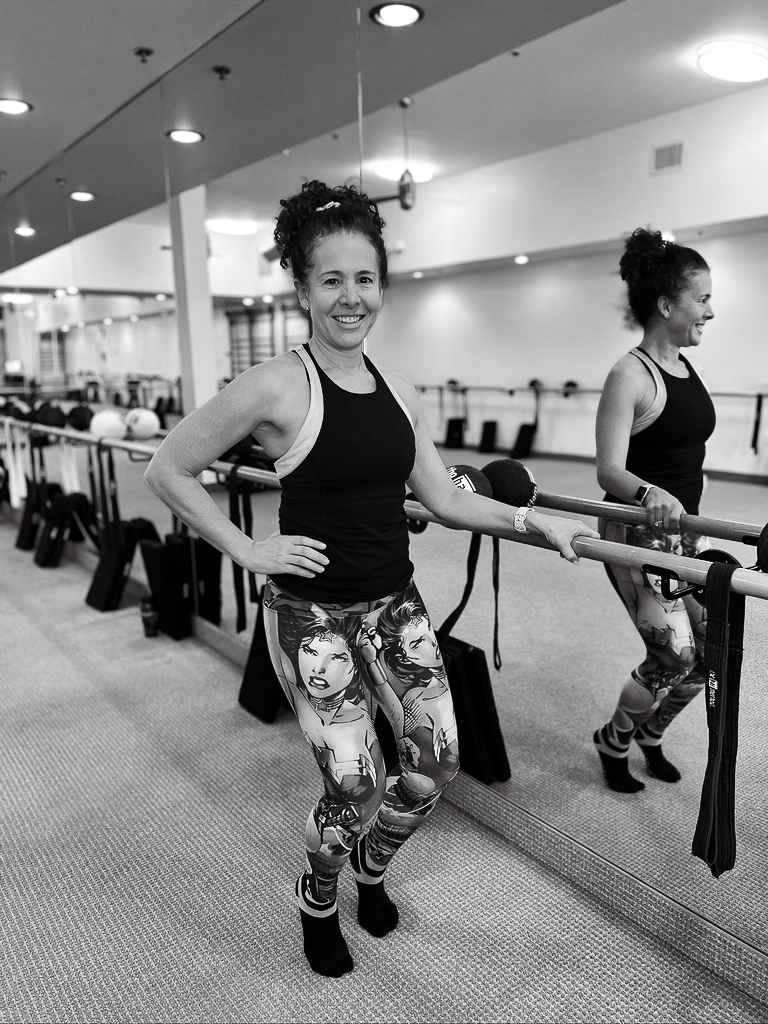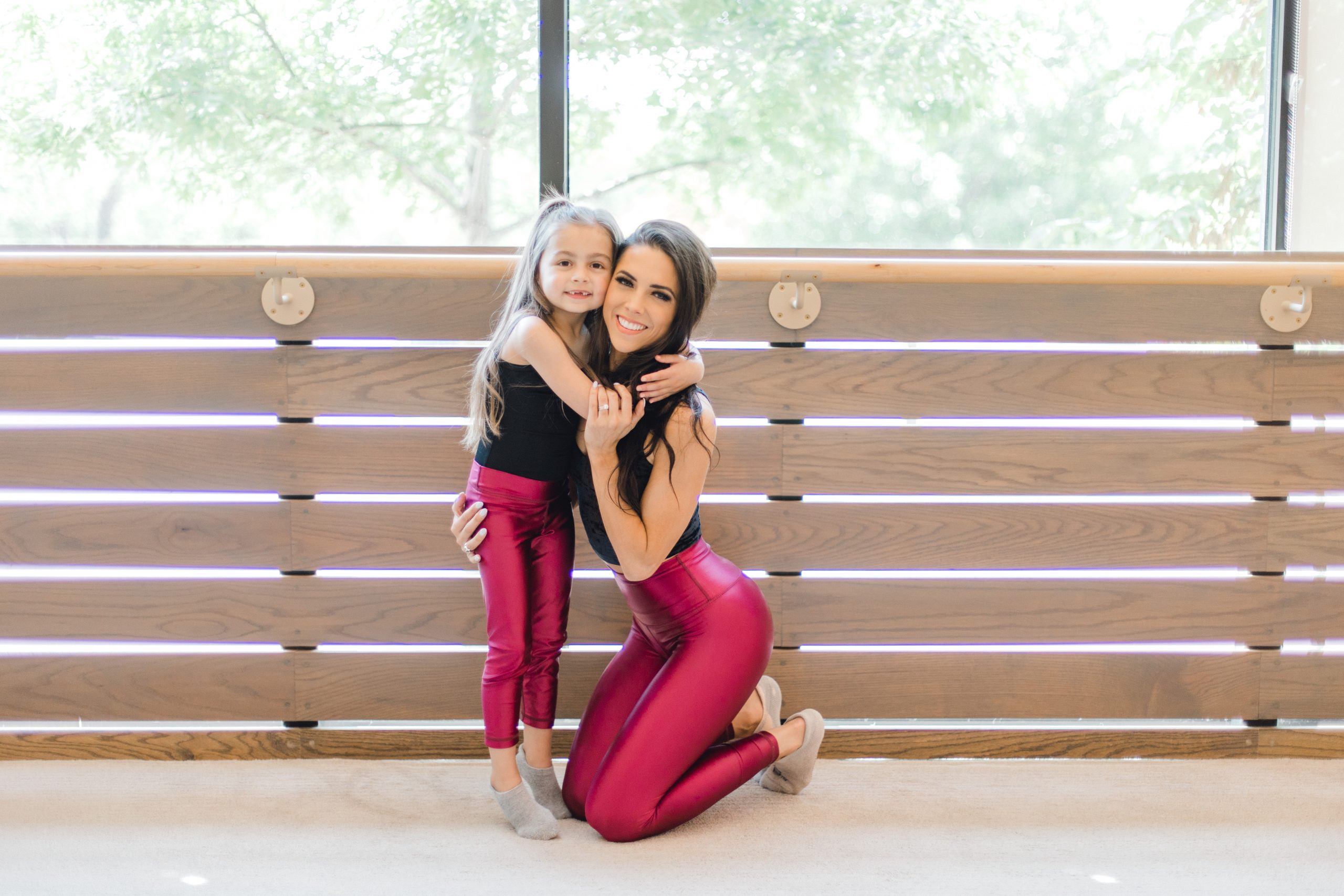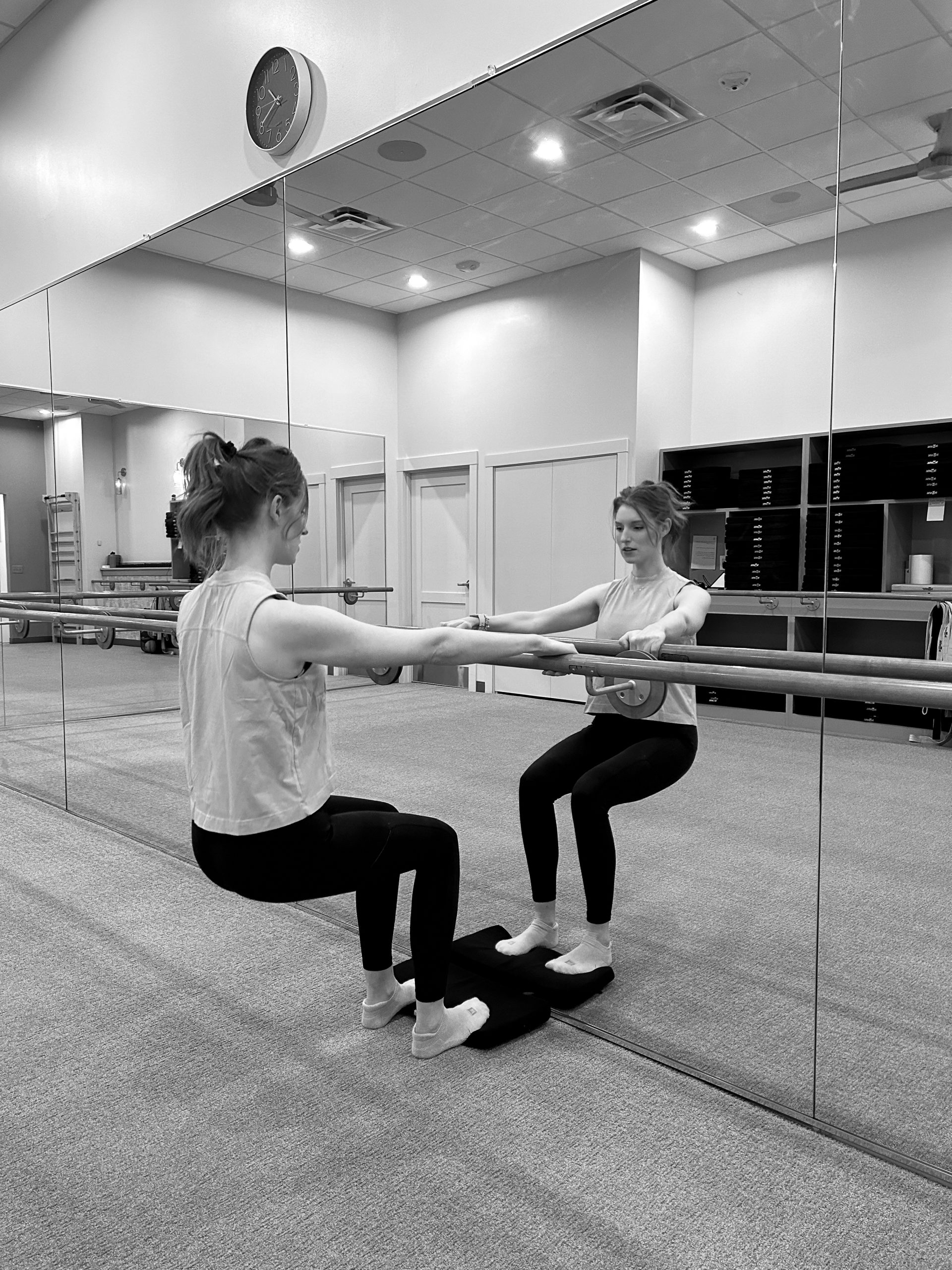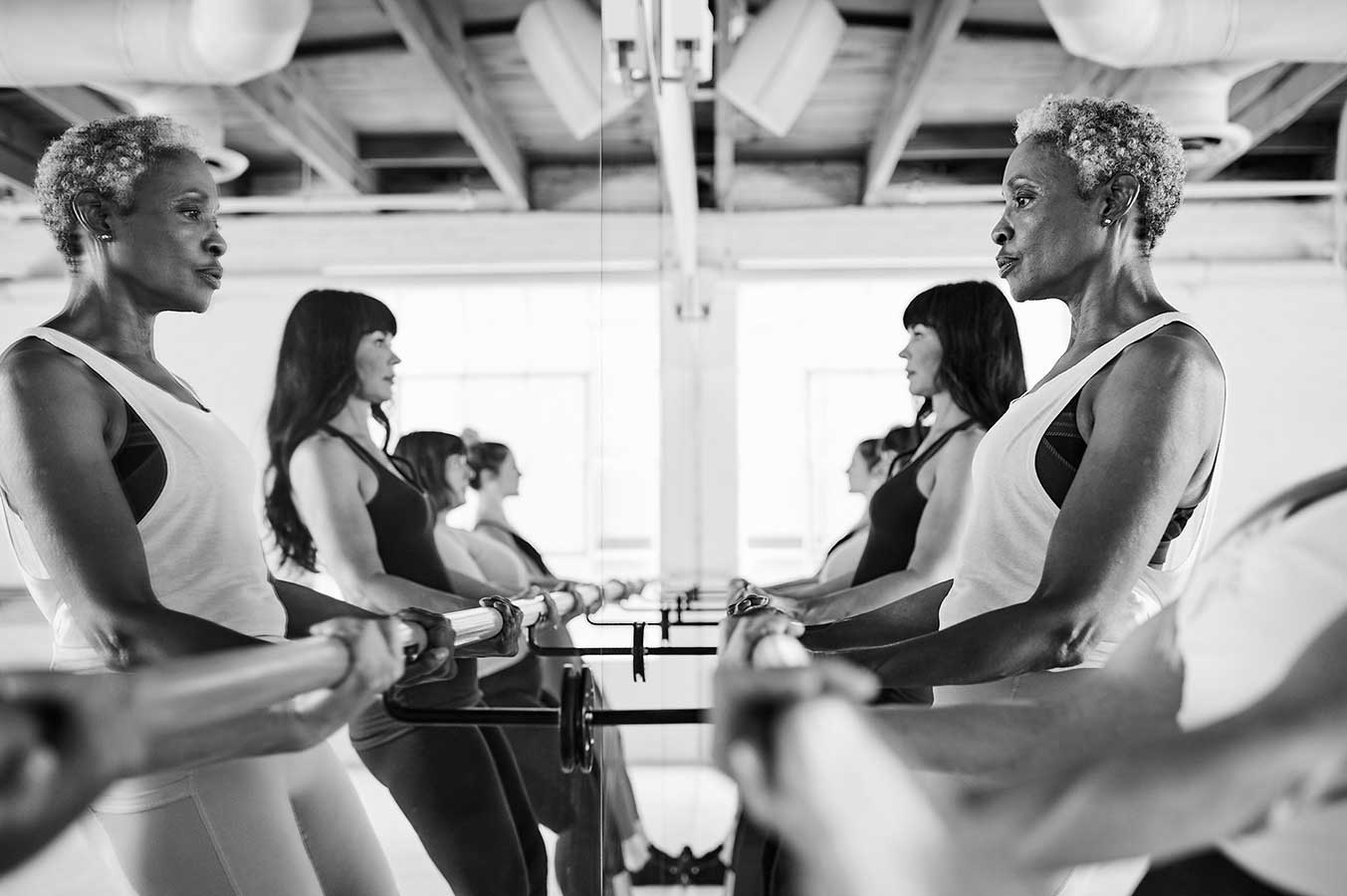Exclusive Offer 50% Off One Month Of Unlimited Classes
The Bar Method Blog
Top Barre Exercises to Improve Posture: Why Bar Method is the Solution for Better Posture
Imagine a workout that leaves you feeling your best beyond the end of class. Imagine a workout that transforms your entire body, head …
Continue Reading
The Method
5 Ways to Maximize Your Morning
Eating a pre-workout breakfast before a workout is always a good idea. Proper nutrition helps the body generate more energy for a workout …
Continue Reading
The Community
The Bar Method Newsletter
Sign-up to get a recap of recent blog posts delivered straight to your inbox!

